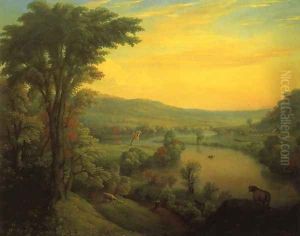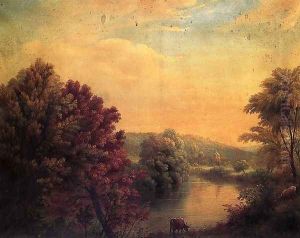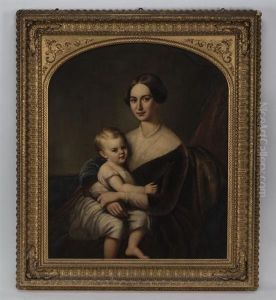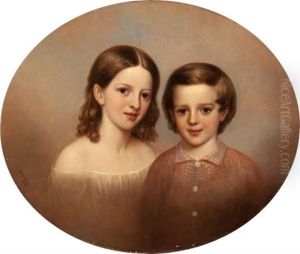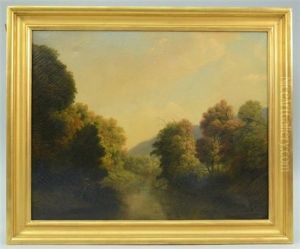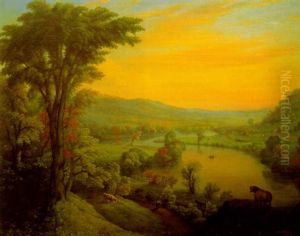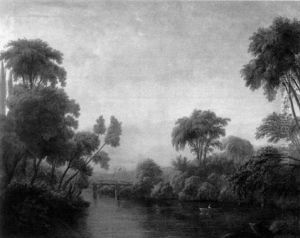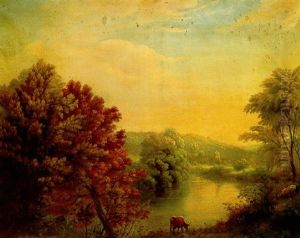Manneville (Elihu Dearing) Brown Paintings
Elihu Dearing Brown, commonly known as Manneville, was an American artist born in 1867 in New Orleans, Louisiana. His early life was marked by a profound interest in the arts, influenced by the rich cultural environment of New Orleans. Despite the initial lack of formal artistic training, Manneville's passion for painting and drawing was evident from a young age. He later pursued formal education in art, which significantly shaped his career and artistic style.
Manneville's work is characterized by its versatility, encompassing a range of styles and subjects. He was particularly known for his landscapes and portraits, which often reflected a deep appreciation of nature and a keen observation of human character. His artistic journey took him to various parts of the United States and Europe, where he studied and worked alongside other artists, absorbing influences that would later be evident in his work. Despite facing challenges, including the economic difficulties of the early 20th century and the changing tastes in art, Manneville remained committed to his craft, continuously evolving his style and techniques.
Throughout his career, Manneville participated in numerous exhibitions and received several awards, recognizing his contribution to the American art scene. His works are part of private collections and museums, appreciated for their emotional depth and technical skill. Manneville continued to paint and exhibit his work until his death in 1943. Today, he is remembered as a significant figure in American art history, whose works continue to inspire and captivate audiences with their beauty and complexity.

